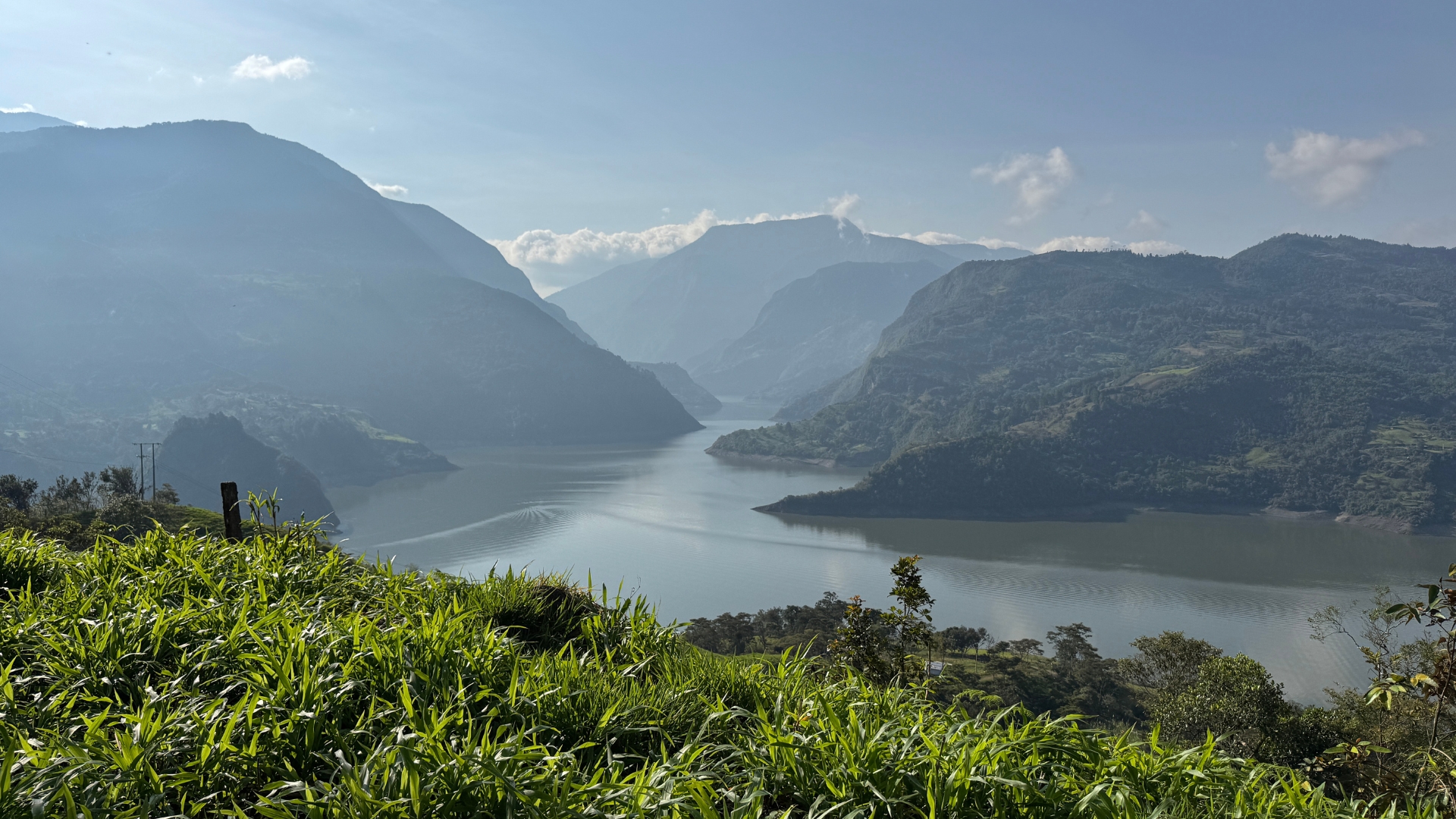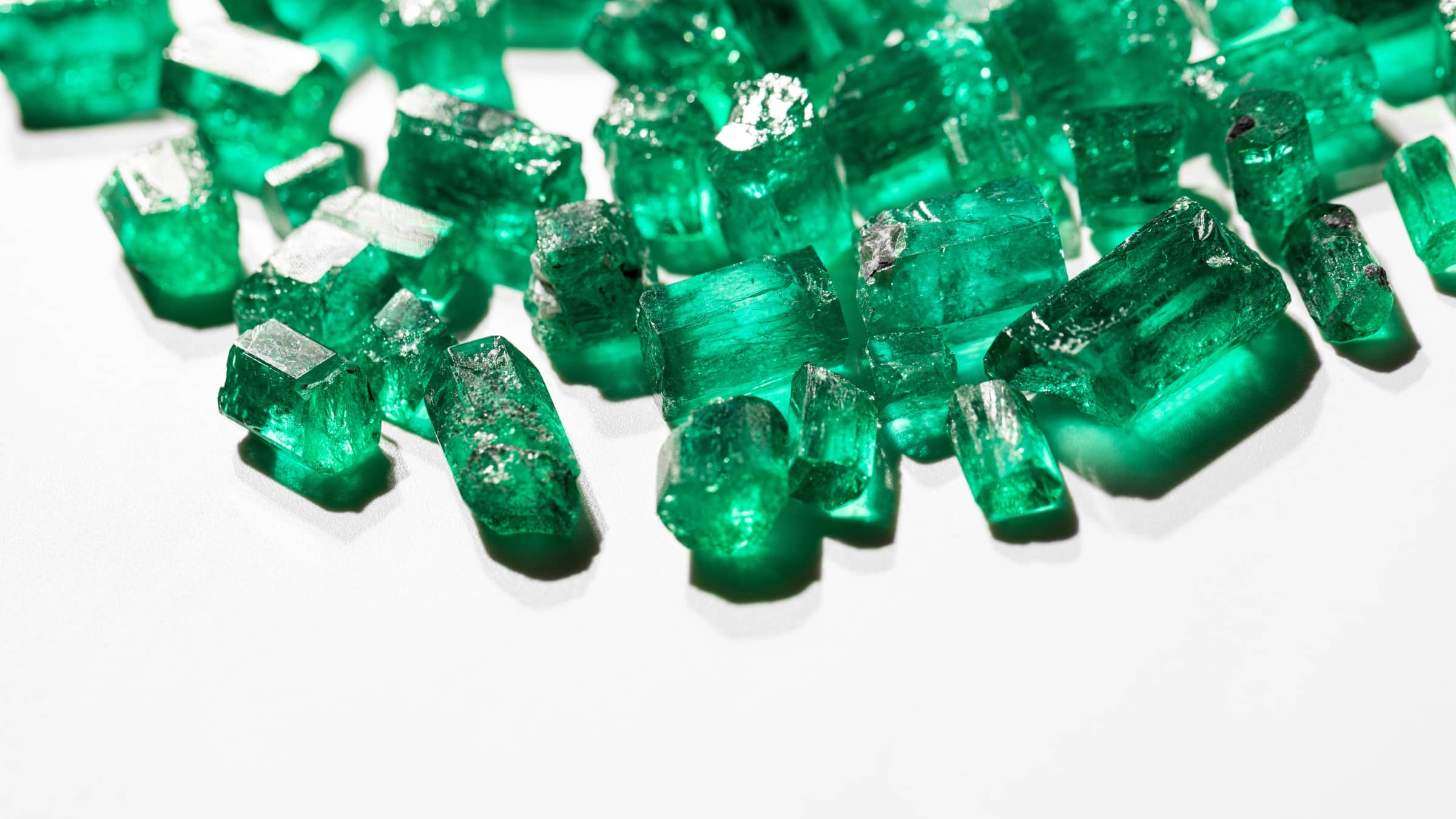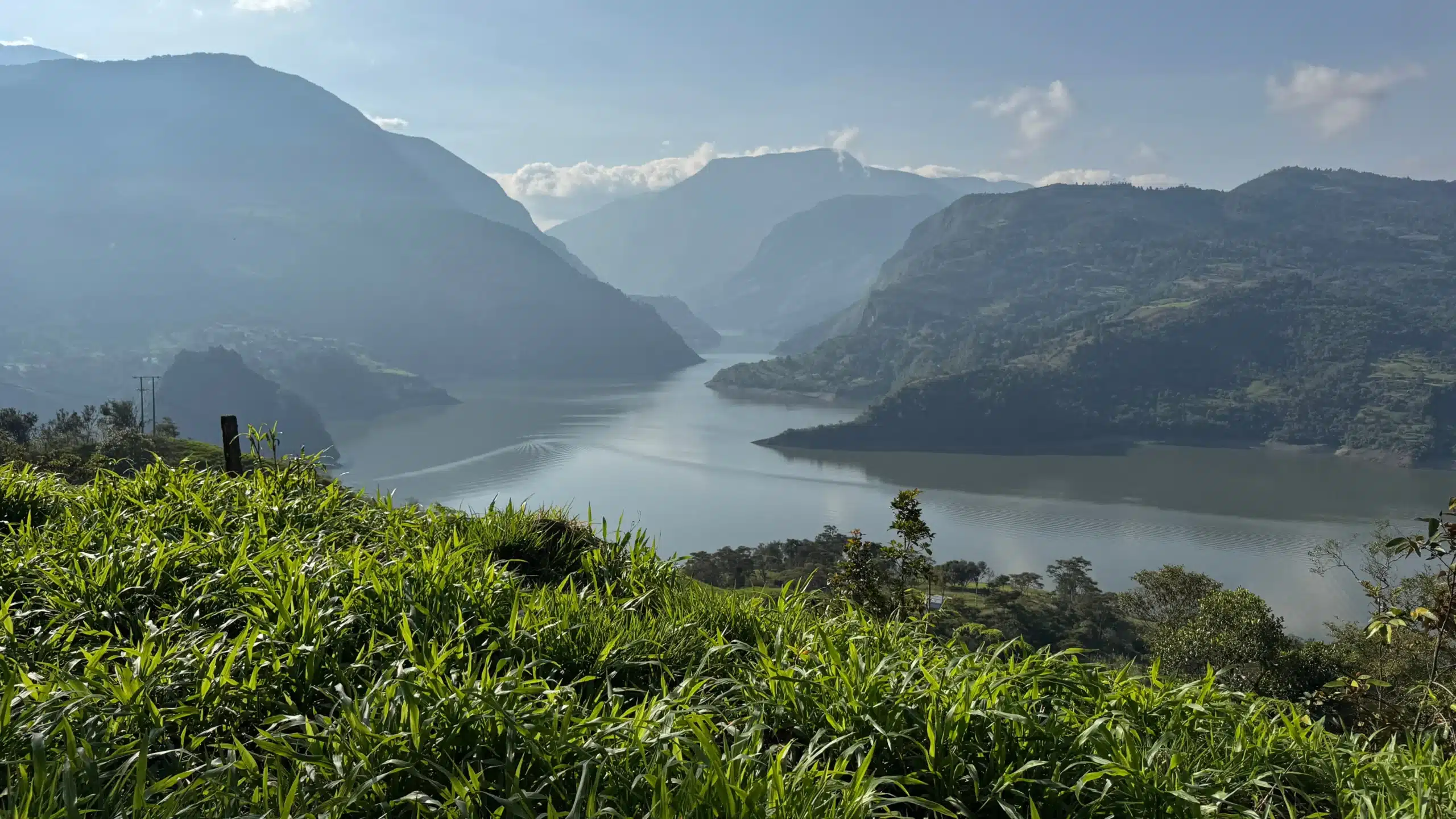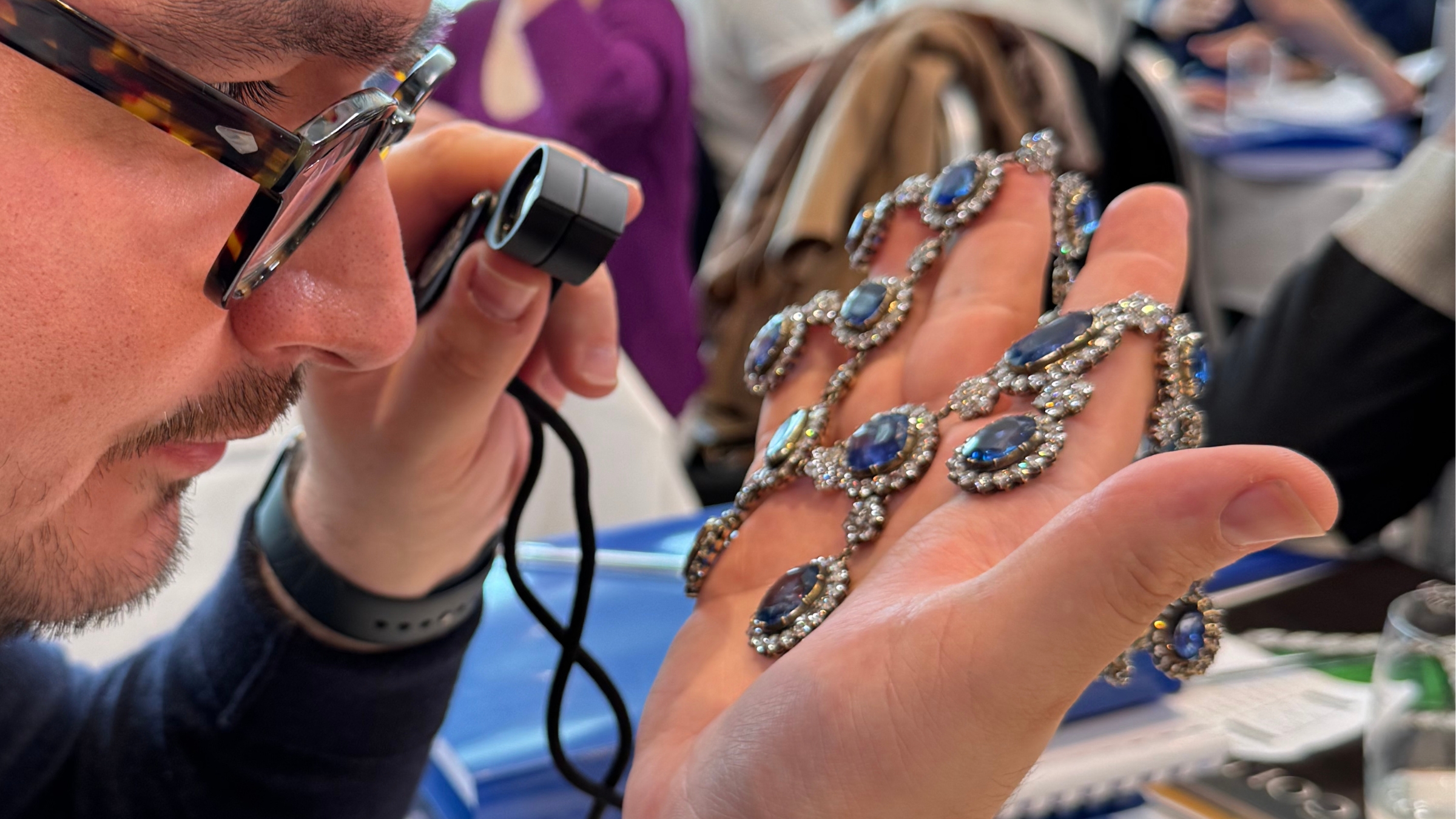Of all the known varieties of emerald, Colombian trapiche emeralds immediately stand out for their spectacular appearance. These rare stones feature a dark, well-defined six-armed star pattern emanating from the center of the crystal like a gear or wheel. The name “trapiche” comes from an ancient tool used to crush sugar cane, whose shape is strangely reminiscent of this crystalline architecture. These emeralds, which come almost exclusively from Colombian mines, fascinate collectors and gemologists alike by their beauty and exceptional formation.
Origin and formation of Colombian trapiche emeralds
Colombia’s trapiche emeralds are born in a very special geological context, within metamorphic sedimentary deposits. They are found mainly in the emblematic mines of Muzo, Peñas Blancas, La Pita and Coscuez, located in Colombia’s Cordillera Oriental.

The trapiche pattern results from an interruption in crystal development. Dark inclusions – often carbon or transformed organic residues – are inserted between the emerald’s growth sectors. Unlike the asterism observed in some star sapphires, the trapiche pattern is stable, fixed and independent of light angle.
A crystal structure as complex as it is elegant
Chemically, trapiche emerald retains the classic green beryl formula: Be₃Al₂(SiO₃)₆. It belongs to the hexagonal crystal system. What sets it apart is its internal architecture: a single crystal whose growth has been partially blocked, creating a clear separation between the dark arms and the intense green or light green zones of the crystal.

The formation process begins with the growth of a central core under high-pressure hydrothermal conditions. An interruption in the fluid supply then alters the conditions. When growth resumes, emerald and albite crystallize together, in what is known as a eutectic system. It is this double growth that gives rise to the six characteristic dark arms, framed by the green sectors. The result is a unique crystal, a veritable natural mineral sculpture.
History and legends of Colombian trapiche emeralds
While the first modern scientific descriptions of Colombian trapiche emeralds date from the late 19th century – notably by French geologists studying the Muzo region – their existence has been known for much longer. According to several accounts, the indigenous populations of the region, notably the Muzo, had already identified them long before the Spanish conquest, and some specimens were exchanged during the first contacts with the conquistadors.
Long enigmatic, these emeralds have been the subject of extensive research since the 1970s. Their monocrystalline nature has been confirmed, as has the role of vanadium in their coloration. However, certain aspects of their genesis remain obscure, notably the influence of hydrothermal breccias known as cenicero, characteristic of fault zones in Colombian mines.
A market in the midst of (re)discovery
Trapiche emeralds from Colombia are extremely rare, even in a country renowned for producing exceptional emeralds. It is estimated that a very small percentage of the crystals mined in the Muzo and Peñas Blancas regions exhibit this phenomenon.
Until recently, their use in jewelry remained marginal, mainly due to their rarity and lack of notoriety among the general public. But this is now changing: collectors, specialist dealers and avant-garde designers are rediscovering their unique aesthetic potential.
Their rarity, unmistakable visual signature and Colombian origin make them increasingly sought-after stones. Prices are rising steadily on the specialized market, and this trend is likely to accelerate with the growing gemological and artistic recognition of the trapiche phenomenon.
Trapiche emeralds from Colombia: Works of art from the depths of the earth
Colombian trapiche emeralds are at the crossroads of science, geology and myth. They perfectly illustrate the alchemy of time, telluric forces and crystalline chance. Their graphic structure seduces the eye as much as the mind, and reminds us that nature sometimes surpasses the human imagination in the creation of pure beauty.
For lovers of unusual gems, discerning collectors and enthusiasts of mineralogy, trapiche is not just another curiosity: it’s a natural masterpiece, witness to a unique territory and a process as rare as it is elegant. Colombia, a land of emeralds for centuries, keeps one of its most beautiful secrets in trapiches.
















